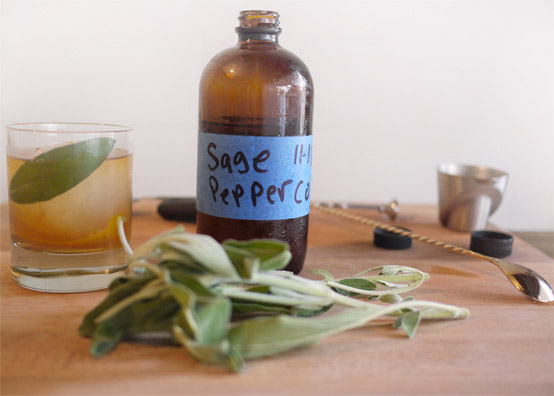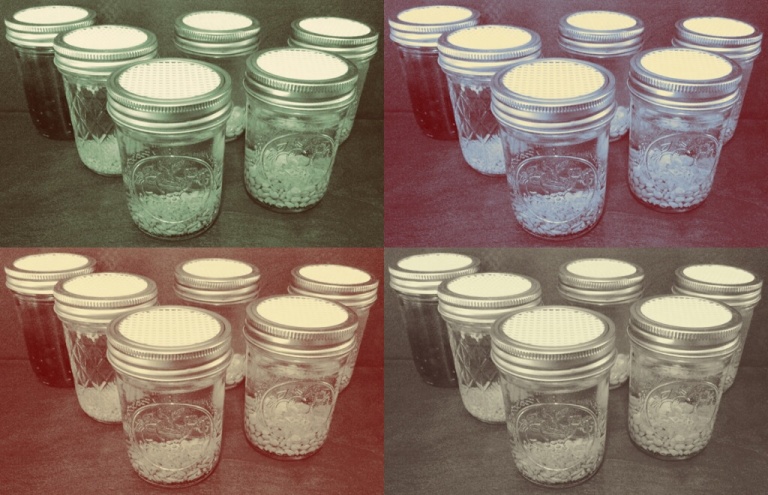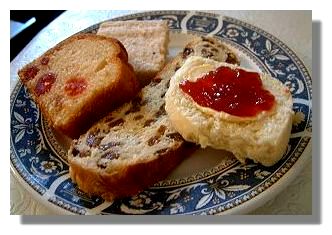As I said in a previous post, I have been milling a lot of my own flours. Recently, I had a bit of spelt, so I used it for several baked goods. It’s also great cooked up and used in salads, soups, porridge, hot dishes, or puffed (like rice or traditional common wheat). You can serve it as a side, but it can easily be a main. I’ve pictured one dish I made a few weeks ago. It’s actually a mix of spelt and an heirloom wheat. I made this various ways, but in this pic is: roasted cauliflower, bell peppers, snow peas, chard, sprouted spelt, and Turkish olives. I was going to use pepitas, but I had some pistachios from the farmers’ market. I dressed it with a spicy tahini sauce. I briefly saw a recipe for a spicy almond butter roasted cauliflower a few years back, but I didn’t write it down. I couldn’t remember the sauce prep exactly, so I’ve made it many times just according to my own taste. Most of the time, I’ve used tahini, and it includes some sort of chile, garlic, soy sauce, vinegar, maybe some type of onion, and a hint of something sweet (like agave or honey). It’s a common type of sauce, and I’ve used it for many different types of meals. I made this dish hot, but it’s also great served at room temp.
I used a blender to grind the spelt, but you can use a spice mill if you have a smaller quantity. I like the spice mill for smaller grains and seeds like flax or teff. I found this fab recipe for 5-Minute Artisan Bread and replaced the whole wheat flour with spelt flour. I was intrigued by the ‘5 minutes’ and did find it to be quite simple. Back in the day, I would bake bread and cook a big pot of spaghetti twice a week. That was the bulk of my meals, haha. I made a couple other minor changes by replacing the water with beer, using agave instead of sugar, and leaving out the herbs. I used a cast iron pot to bake it in and wasn’t sure how it would turn out. It worked wonderfully, though. I use cast iron pans for nearly everything now, even when I probably shouldn’t. My mom has always used them, but I used to always get sucked in by whatever looked ‘cool’ or advertising promises. All I care about now is that they are way easier to clean than many other pots and pans, lol. I search for them at yard sales or thrift stores, but I haven’t found most to be real ‘SQUEAL DEALS.’ People must know what they’re worth! Anyways…this recipe only requires mixing with a spoon, but I took a short cut and processed it. It’s one of the better recipes I’ve made, so check it out. Pretty easy! *Make sure you link to the additional website for adjustments if you want to make a bread with more whole grain vs. AP flour.* It was great right out of the oven, but also made yummy toast (see pic) and sandwich bread.
I also made tortillas and tortilla chips from the spelt flour with just oil, salt, water, and my chard powder. Yums! I often use tortillas for a quick pizza base, so I used one for a veggie pizza. I needed to use up some Brussels Sprouts and Zucchini, so I topped the pizza with them and some red sauce. I charred the veggies on the stove first, though, and added crushed red pepper to make them a little spicy. Wow! That spiciness went through the air, and I had to open up all of the doors to breathe. I don’t know why I always forget that!
My last pic I just included to tell the funny story about how my mom forgot to add baking powder to her buttermilk biscuits one day. She rarely uses recipes (even for baking), got distracted and forgot it. They weren’t rolled out, just kind of patted down flat with the palm of the hand. So, of course, they didn’t rise…poor, pathetic looking things. I kept myself from laughing and tasted one. They actually were pretty good! Dense, moist on the inside, crispy on the outside with a tangy buttermilk flavor. Perfect to go with my cup of chai, I thought. So, I called them buttermilk ‘bookies’ because they were like a biscuit/cookie. I don’t know the exact recipe proportions she used (knowing her, though, it probably had a ton of butter), but I own up to having actually made them on purpose now, lol. After they are pretty much done cooking, I give them a hit under the broiler to brown on top. I tried one batch with just spelt flour, but I preferred the texture of the next batch I cut with a little AP flour. They remind me of when you get a thick piece of pie crust, but with the nice tang of buttermilk. Or, like when you get the crunchy top of a muffin. Anyway, even if it’s silly, I like them for a treat with my tea!





















You must be logged in to post a comment.